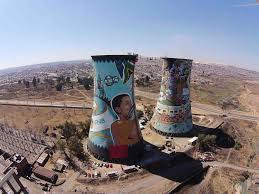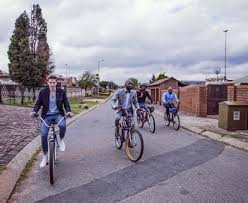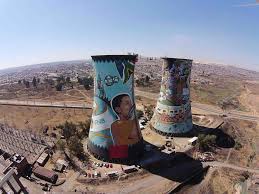 Soweto, a lively township nestled in Johannesburg, is far more than just a collection of homes. It stands as a vibrant testament to South Africa’s complex history, embodying resilience and serving as a cradle for numerous ‘firsts’ that continue to shape the nation’s identity.
Soweto, a lively township nestled in Johannesburg, is far more than just a collection of homes. It stands as a vibrant testament to South Africa’s complex history, embodying resilience and serving as a cradle for numerous ‘firsts’ that continue to shape the nation’s identity.
Situated southwest of Johannesburg, Soweto gets its name from the acronym for ‘South-Western Townships.’ These townships evolved from shantytowns and slums that emerged as black laborers migrated from rural areas, particularly between the two World Wars. This growth was largely unplanned, leaving the township without essential municipal services or government oversight. In 1948, efforts to clear slums and build permanent housing began, alongside the establishment of local and national governance.
Amidst adversity, a spirit of resistance flourished. Soweto became a hub of activism, most notably during the 1976 student protests against the enforced use of Afrikaans in schools. What began as a peaceful demonstration escalated into the infamous Soweto Uprising, where hundreds of young lives were tragically lost to police violence. This uprising echoed worldwide, becoming a potent symbol of the struggle against racial segregation.
Beyond its pivotal role in the liberation struggle, Soweto’s legacy includes a wealth of ‘firsts’ that have significantly influenced South Africa’s social, cultural, and political landscape. Today, from Nobel Prize winners and iconic sports figures to musical legends, Soweto has secured its place in history and captured the hearts of people globally.


